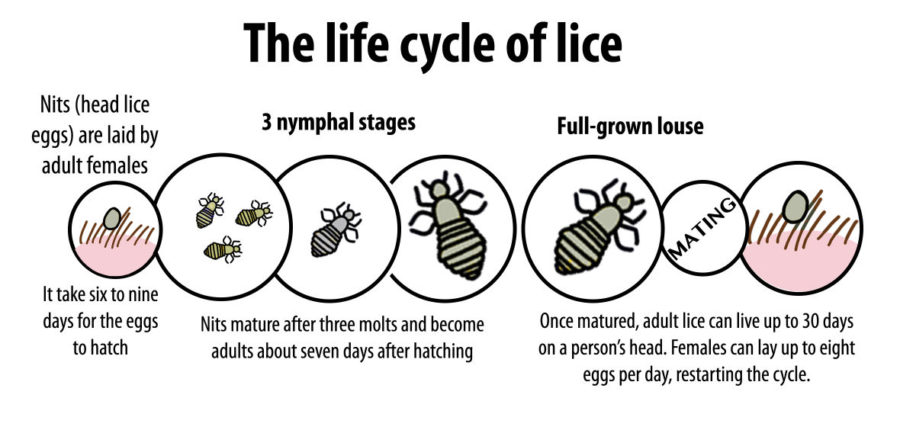Bugging out: Why head lice are resisting treatments
September 1, 2015
People may be scratching their heads in confusion about why their head lice are not being eliminated.
During the past 15 years, head lice across the country are developing a resistance to over-the-counter products used to kill them.
Kyong Sup Yoon, a toxicology professor at SIU-Edwardsville who researched lice mutations, said the widespread use of those products has lead to the resistance.
Advertisement
Yoon said he hopes future cases of lice will be treated by prescription products, similar to antibiotics, rather than over-the-counter products.
“We need to talk to experts,” he said. “It’s like if you have a problem with your car, you need to go to a mechanic.”
Yoon said he suggests a strategy where different patients receive alternate prescribed products in order to limit their use and maintain effectiveness.
John Clark, a professor in environmental toxicology at the University of Massachusetts, said he and his colleagues noticed the presence of mutations in lice around 2000. Clark said research estimates 98 percent of lice are now resistant. Specifically, the insects resist permethrin — an insecticide used for agriculture and an active ingredient in many lice shampoos.
Lice are not the only insects developing these resistances. An estimated 250 species have developed a resistance to pyrethroids used on farms.
The pharmacy in the Student Health Center sells a specialized comb and cream containing permethrin that can be bought without a prescription.
Dr. Paul Bennett, the medical chief of staff for the SIUC Student Health Center said other lice-eliminating medications exist, but are more expensive. Dr. Bennett said the center sees occasional cases of head lice, but has never prescribed the more expensive medications.
Advertisement*
Pyrethroids were effective at killing head lice when they were first developed in the ’70s, but by 2005, Clark noticed a 25 percent resistance and a 75 percent in 2010. Today, lice have a near universal resistance to the medicine.
Clark said most people continue to use over-the-counter products, unaware of their ineffectiveness. Because of the high levels of resistance, the public is noticing the lack of desired effects after over-using the same product for many years.
Yoon compiled lice samples from 30 states, 25 of which showed resistance.
Within the last few years, developers have manufactured a variety of prescription medication to treat head lice whereas, in the past, only one prescription product was available for use. It is still sold today and continues to be effective at killing head lice.
“What people want to know is what to do now,” Clark said. “What you do now is you go to the doctor, and he’ll prescribe you something that works.”
Cory Ray can be reached at [email protected] or on Twitter @coryray_de
Advertisement









